Media | Articles
Homegrown: I Fell in Love with Prewar Bugattis So I Decided to Build One Myself
It was a life-altering experience. In September 2005, at the vintage races weekend at Road America in Elkhart Lake, Wisconsin, the featured marque was Bugatti. Walking up the hill toward the paddock, we were blindsided by a Jules Verne spaceship-looking car.
It was none other than a 1936 Bugatti Type 57SC Atlantic, one that had won Best of Show at Pebble Beach. Driver/owner Dr. Peter D. Williamson was gracious and kind, patiently relating the history of the Atlantic and of his Atlantic, including its restoration.
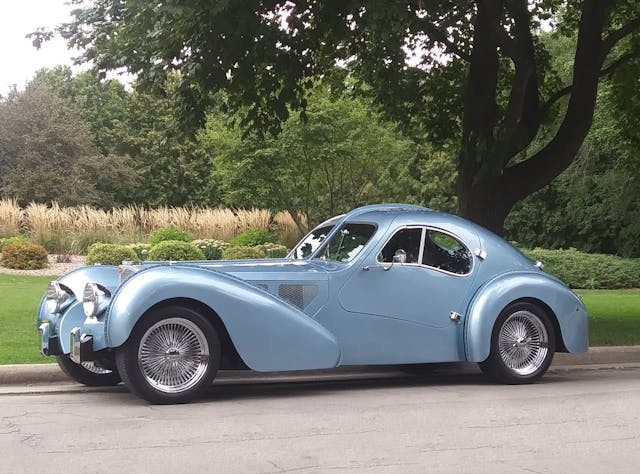
[Welcome to Homegrown—a limited series about homebuilt cars and the ingenuity of their visionary creators. Do you know a car and builder that might fit the bill? Send us an email to tips@hagerty.com with the subject line HOMEGROWN. Read about more Homegrown creations here. —Ed.]
Upon close inspection, my brain just exploded, and the Atlantic became my new favorite car of all time. With only four examples having been built, it was evident that if I wanted one, I would need to build it myself. Cue months of dreaming, researching details of the Type 57SC Atlantic, collecting images from the web, identifying sources of material and components, making a preliminary Gantt Chart of tasks, and drawing a drawing of a detailed 1/10-scale concept layout.
The key question was what to use as a chassis. Serendipitously, a Chevy S10 long bed is a very close match for the Bugatti’s wheelbase and track and can be lowered with readily available components. I accepted from the outset that there would be deviations, including left-hand-drive orientation. Bodywork would be fiberglass. I built a full-sized body buck based on my 1/10-scale layout and pulled molds from that. Interior components were to be in the spirit of the original, but not necessarily an authentic replication. For example, I fabricated the four-spoke wood-rimmed steering wheel myself because the aftermarket one I initially had didn’t look correct. I also decided that this needn’t be a hot rod—the S10’s four-cylinder and five-speed manual would be just fine, although I’d need to relocate the radiator, engine, and transmission mounting rearward.
Marketplace
Buy and sell classics with confidence
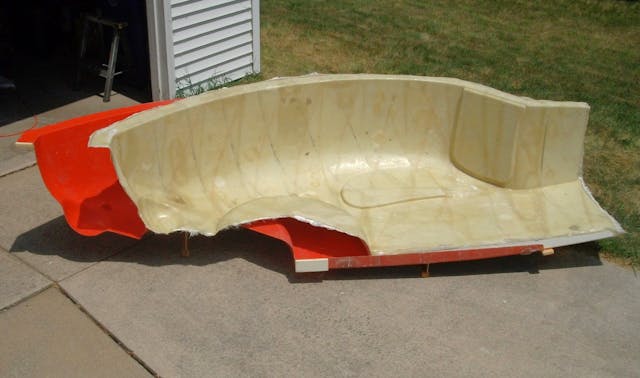



Twelve years later, the project was declared done (although we all know that a build like this is never truly finished). It’s a great grocery-getter and day-tripper; fun to drive, light and stable, although a little harsh on bad railroad crossings. We allow an extra 15 minutes for any trip to accommodate curious crowds. Initially, when observers would ask, “Where’d you buy the kit?” I felt exasperated. Yet I have come to realize this is a compliment. Personally, I think it’s best called a “representation,” but you can call it anything you like. What matters is I can share my passion for 1930s French art deco industrial design and the genius of Jean Bugatti.


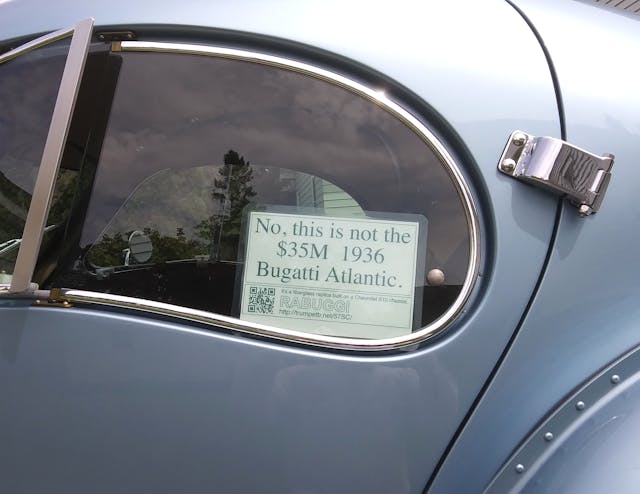
Extensive data, build detail, drawings and images, as well as reference links for the Bugatti Atlantic can be found at my website: http://trumpetb.net/57SC/.


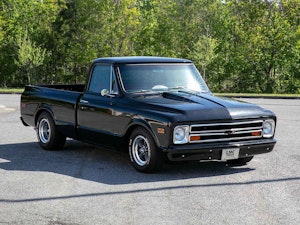


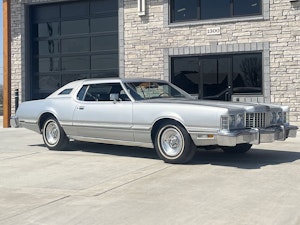













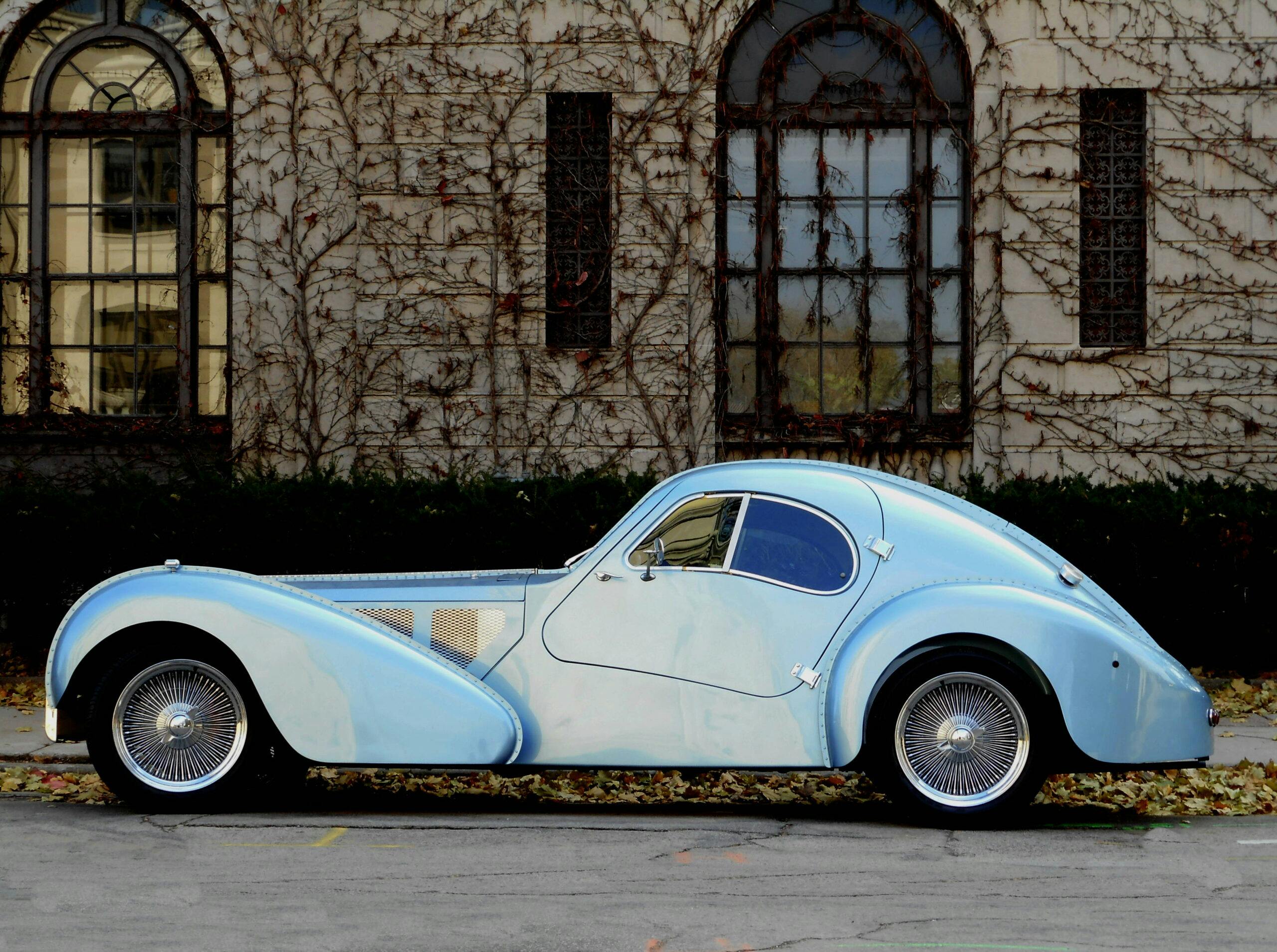
This feels completely wrong and completely right at the same time. Anyway, I have great respect for completing such a challenging project.
Having built 2 cars from cratch myself, I can really appreciate the time ad effort that went into this car. A beautiful car!
I am curious as to how the full size buck was made. Car companies use clay, but I used plaster.
Bob E., The bucks were made from a 1/10 scale concept layout (.PDF available on my website linked at the bottom of the article). They were mostly plywood ribs at 10 inch spacing, covered with 1/8 in. hardboard strips to form the compound curves. (Ref: the 6th image down in the article.) Plaster was used to fill the low spots and sand the high spots.
Wow. Awesome job. Thanks for sharing your story and photos of that beauty.
Wow, and beautifully-executed, Bob, inside and out. Amazing work. The window-sticker disclaimer made me laugh.
Mikey, Your comment gave me a chuckle, too. The little sign makes most people laugh (but a few don’t get it). We’re telling them what it is by telling them what it’s not. 🙂
I laughed at the sticker also. The amount of work done and the great execution are the things I notice the most. It pulls a decent fake off of the real thing.
Really an accomplishment; makes my roadster conversion of a ’53 Stude 4-dr sedan seem like high school shop project! Using the same frame, shortened, but with IROC-Z injected V-8 and T-5, etc. I’m finishing three other ‘restomods’ which should be done on my eightieth b-day, next year, then I’ll do it up.
I can’t wait to see that hand-made Miller 4WD roadster project finished! Wick
I wish 2 things…
– I had Bob’s automotive talent(s).
– I could be his car buddy / neighbor!!
You need to swing it by Leno’s garage.
Was reminiscing about JSHS and your name came up. I had saved a link to your website but had not visited it for a few years. Was surprised and delighted to see this article pop up when I re-visited your website tonight. Hope you are keeping well and thanks for stirring up memories of Elkhart Lake.
Brian, Surprise and delight indeed! I’m happy that you spotted the article and took a look. You should know that there’s probably a tiny piece of your DNA in this project from your knowledge and enthusiasm over Bugatti’s back in our HS days. :-0
Hey Bob, haven’t heard from you since loosing the drag race to the Wienermobile, so I checked your web site. Nice article from Hagerty, congrats. Going to try and do a couple more drives before I put mine away for the winter. Stay healthy my friend, cheers